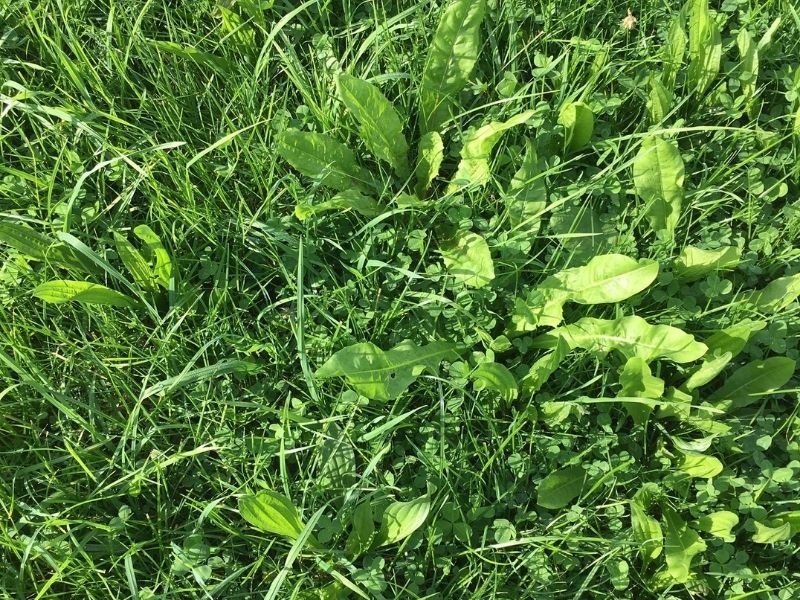
Written by Hannah Jones, a Farm Carbon and Soils Advisor here at FCT.
The farm environment is a complex for a plant.
Success of a sowing is controlled by an interaction between management, soil type, weather, pest and disease pressures as well as a legacy of weed burden. There is a plant for almost every environment on farm that can be used for successful production whether grazing, combining or for providing environmental benefits.
On grasslands with optimal pH, mineral indices and in a mythical situation of cheap inputs, ryegrass is ideal. If the farm environment becomes more challenging more plant species are needed to optimise that sward productivity.
White clover is a stalwart for improving crude protein content of a ration and increasing soil nitrogen supply but in dry free draining soils lucerne, and sainfoin may have much to offer. In a cutting ley, red clover and alsike clover have their merits, and if the ley is to be down for longer than 2-3 years birdsfoot trefoil is of value, particularly if sheep are involved.
Herbs added to the mix can support good mineral balance, improve weed suppressiveness, complementary anthelmintics to pharmaceutical wormers, and improve soil health. Chicory and plantain are common, but yarrow is good to include too for its drought tolerance and support of herd health. In open swards consider self heal, and in freer soils salad burnet.
Finally for those grasses, a diverse range of flowering times in the rye grass has value for grazing but not cutting. Tetraploid ryegrasses are impressive for silaging but longevity is surpassed by timothy grass. Cocksfoot has value in drier, more challenging environments, but careful management is essential to avoid clumpiness. Some of the fine fescues can support a denser canopy closer to the soil, particularly relevant for sheep grazing.
Plant diversity supports more resilient system, forage supply is better maintained under extreme conditions and the plant community in your fields will return from a climatic shock more rapidly.
Many farmers we have spoken to like herbal leys, why? Because they provide a more stable supply of forage, and the stock can get on the land earlier in the year and can graze for longer near the close of the year. This provides considerable savings in housing, and also reduces the need to buffer feed in periods of drought.
There is limited evidence across herbal leys, whether 3 species or 30 species that forage or silage quality is better or worse than rye grass and white clover. However, there is much anecdotal evidence that herd health is superior. Sheep seem to particular benefit from a diet of herbal leys.
These production efficiencies will improve your carbon footprint, but it is the effect of the diverse rooting systems of herbal leys that get us most excited. Herbal leys increase soil organic matter in excess of what is achievable with a ryegrass and white clover ley particular at sampling depths of 10-30cm. This additional carbon sequestration will again benefit your carbon footprint.
Finally, maintaining species diversity in herbal leys requires a paddock-style grazing system but I think that is for another day…

